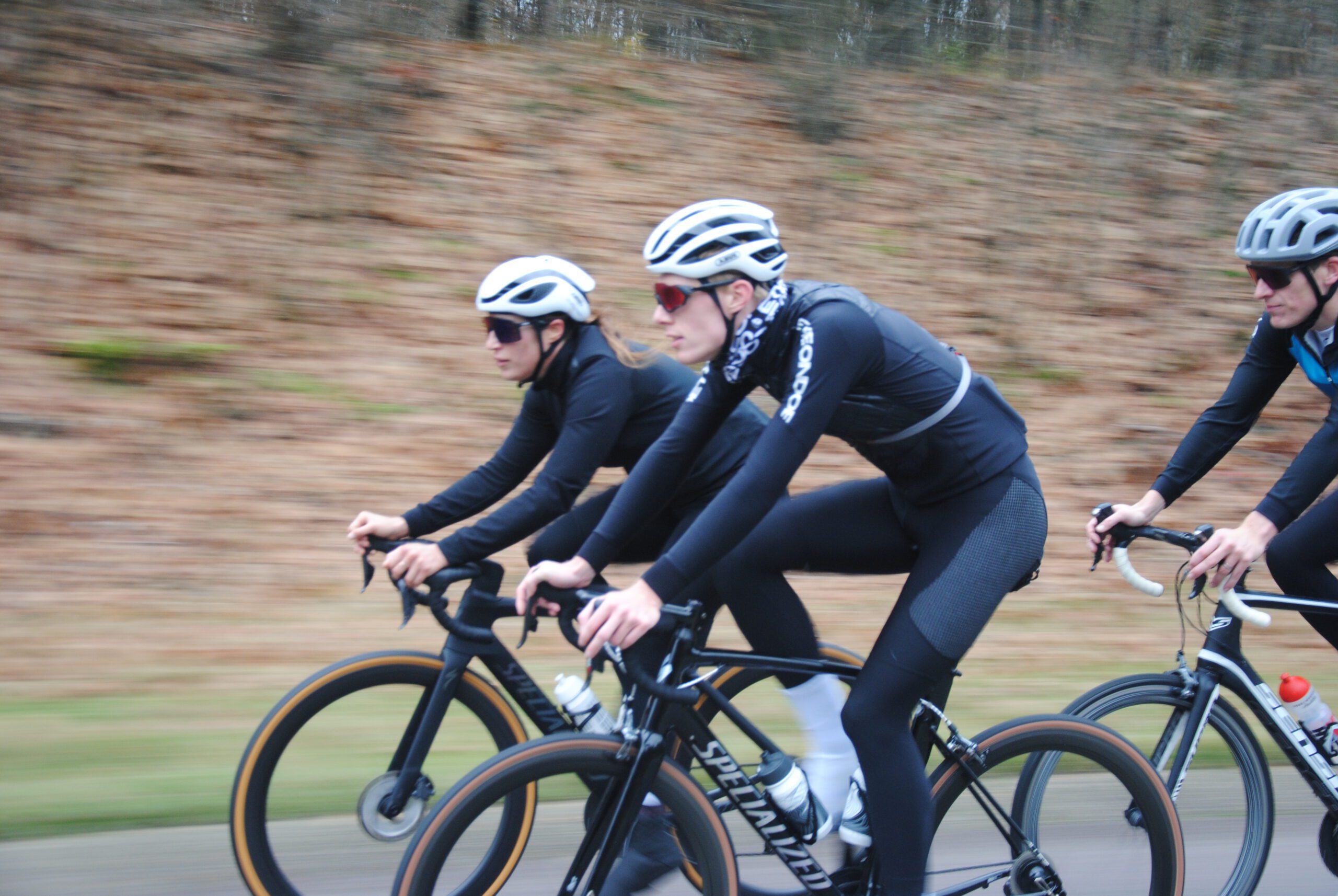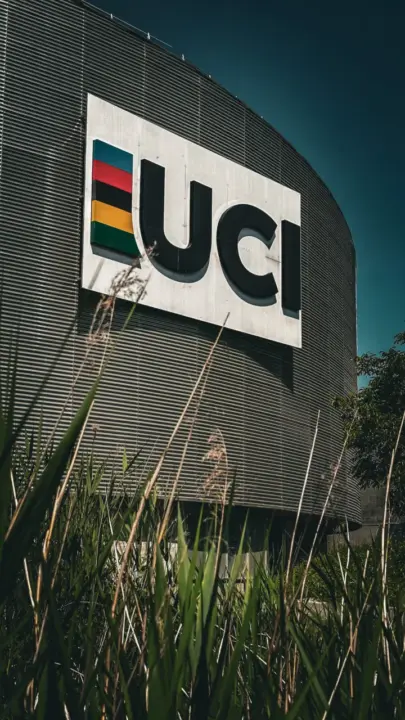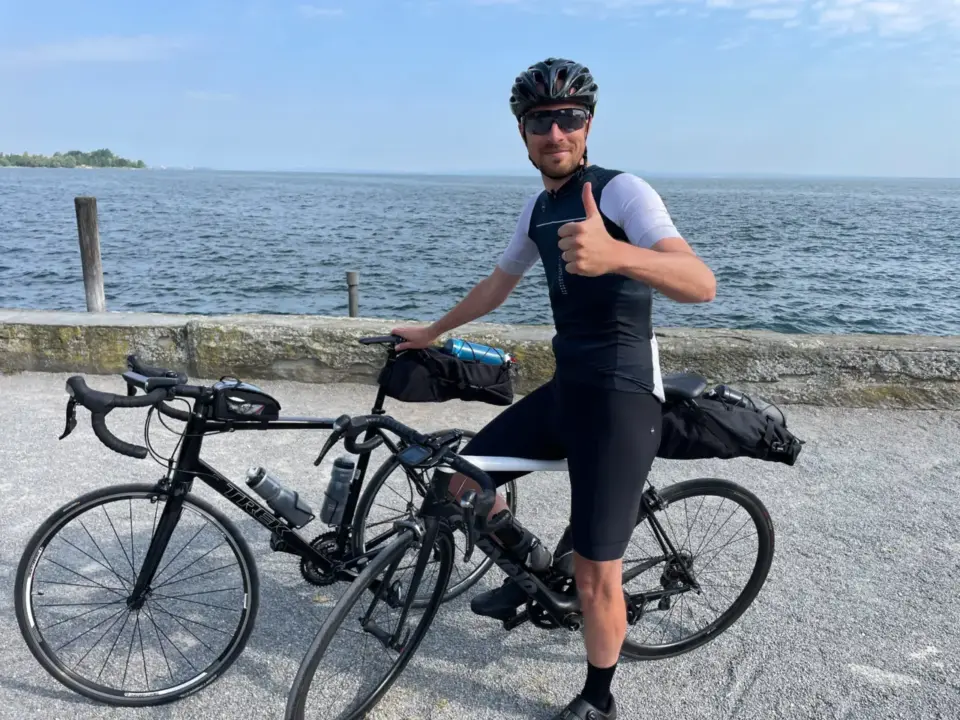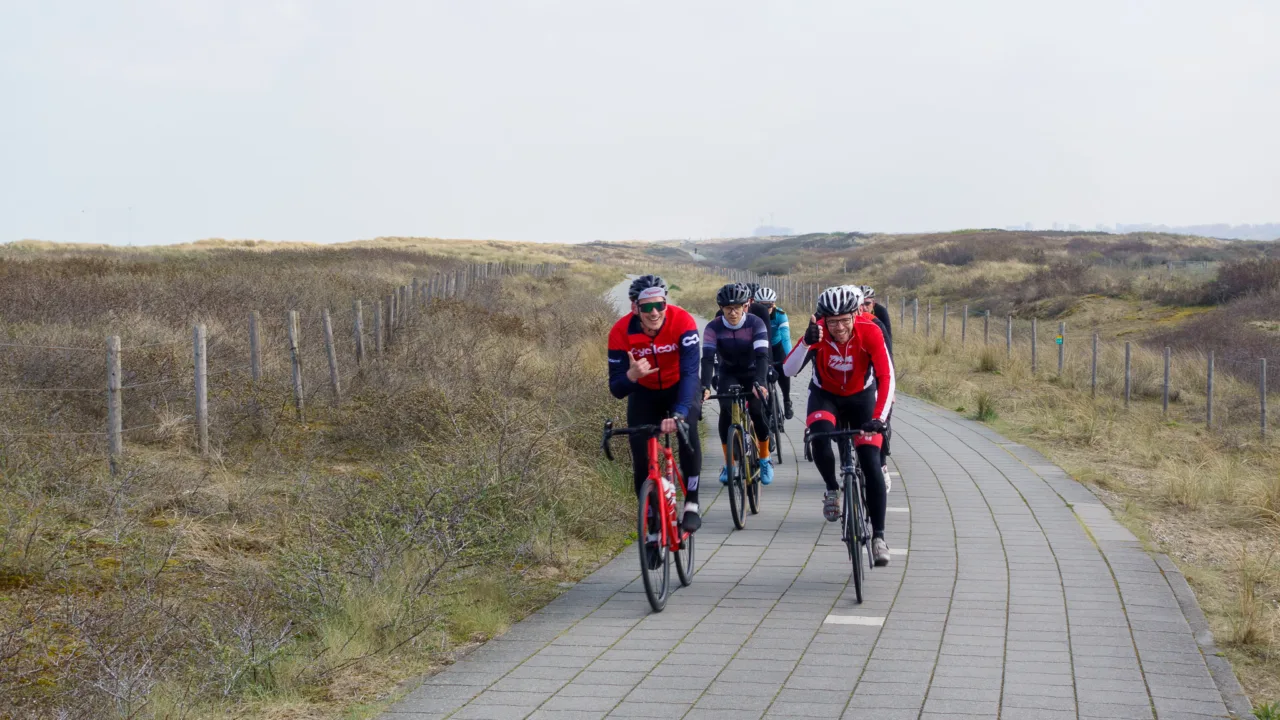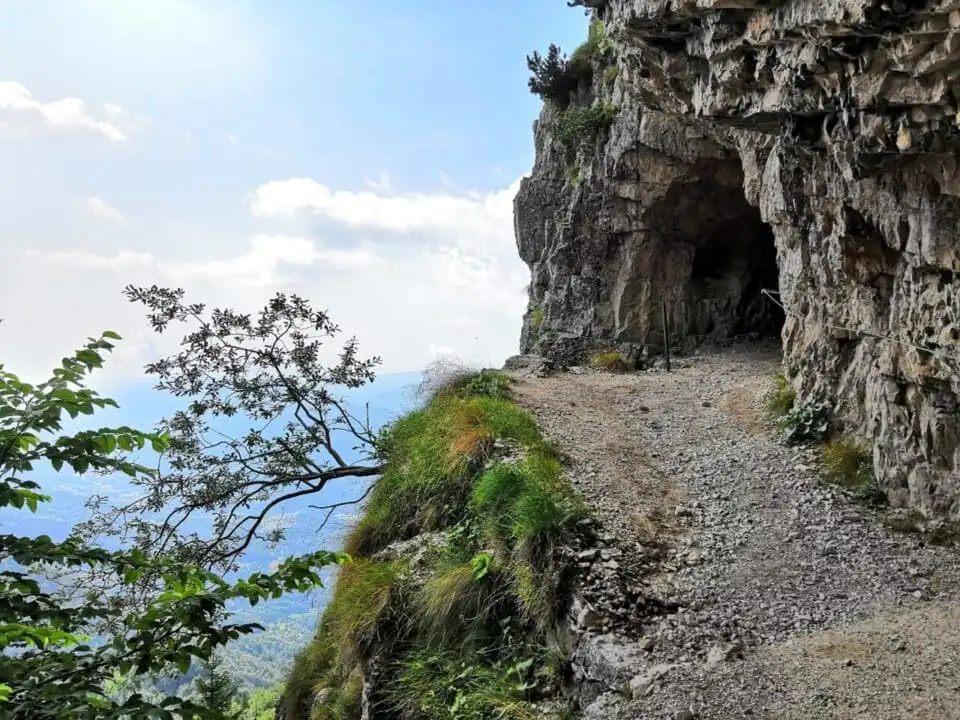Every year on 10 April is bicycle helmet day. That's a great time for us to look at what 'impact' technologies are available for cyclists and gravel bikers. How do these differ from each other? Many will have heard of MIPS (Multi-directional Impact Protection System). But did you know about Koroyd, Leatt Turbine technology or Wavecell? Perhaps not, which is why we dive into the matter and you can take advantage of it. Because while it's not going to protect you from the massive impact of an SUV, it can help you if you fall to the ground, or bump into a tree...Just to name a few things.
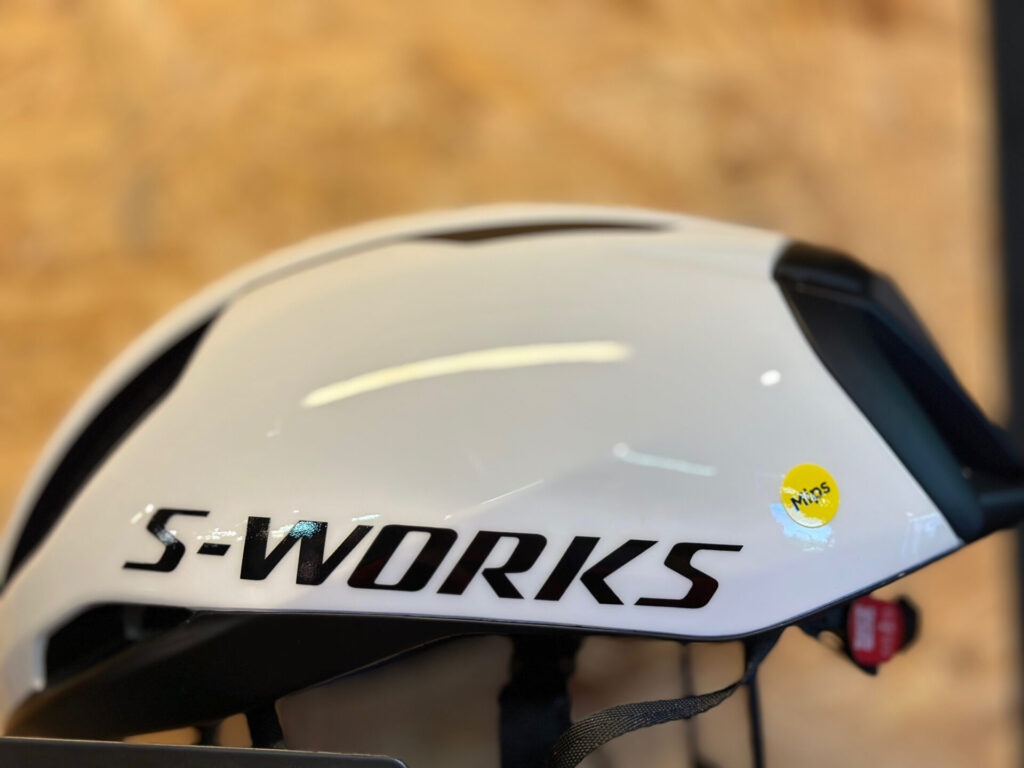
Impact Technology: what is it?
Suppose you have a collision or fall and you fall on your head. Of course, this is never nice. A helmet can protect you where it sits. So the most important thing is to make sure it sits properly on your head. Make sure the helmet cannot slide and fasten the straps just tight enough. That way, you are protected. But what does the helmet do to reduce the risk of concussion, for example?
New impact technologies have been developed for that purpose. These should ensure that the impact you receive is less intense for you and your brain. The issue here is the twisting motion your head makes when you have an impact, and particularly one where you don't have a straightforward collision. Impact technology is designed to actually absorb that movement and thus reduce the risk of brain injury.
Different variants
So for absorbing this kind of 'blow' to your head, there are several manufacturers active in the market. As mentioned earlier, there is MIPS (a Swedish company), you have WaveCel, Kineticore, Koroyd, Turbinetech from Leatt and also SPIN (from POC). We take a quick look at them
MIPS (Multi-Directional Impact Protection System)
How It Works: MIPS is designed to reduce the rotational forces that can occur during certain an impact at an angle (i.e. not straight-on). It uses an additional shell inside the helmet, allowing the outer shell to rotate slightly around the head on impact.
Unique Features: The main feature of MIPS is the an extra layer inside the helmet that allows a sliding movement of 10-15mm in all directions, reducing the aforementioned rotational movement on the brain during an impact.
Similarities with others: Like other technologies, MIPS is designed to provide extra protection in certain crash scenarios, on top of what traditional helmets offer. It is an additional system in the helmet, which WaveCel, Koroyd and Leatt also have.
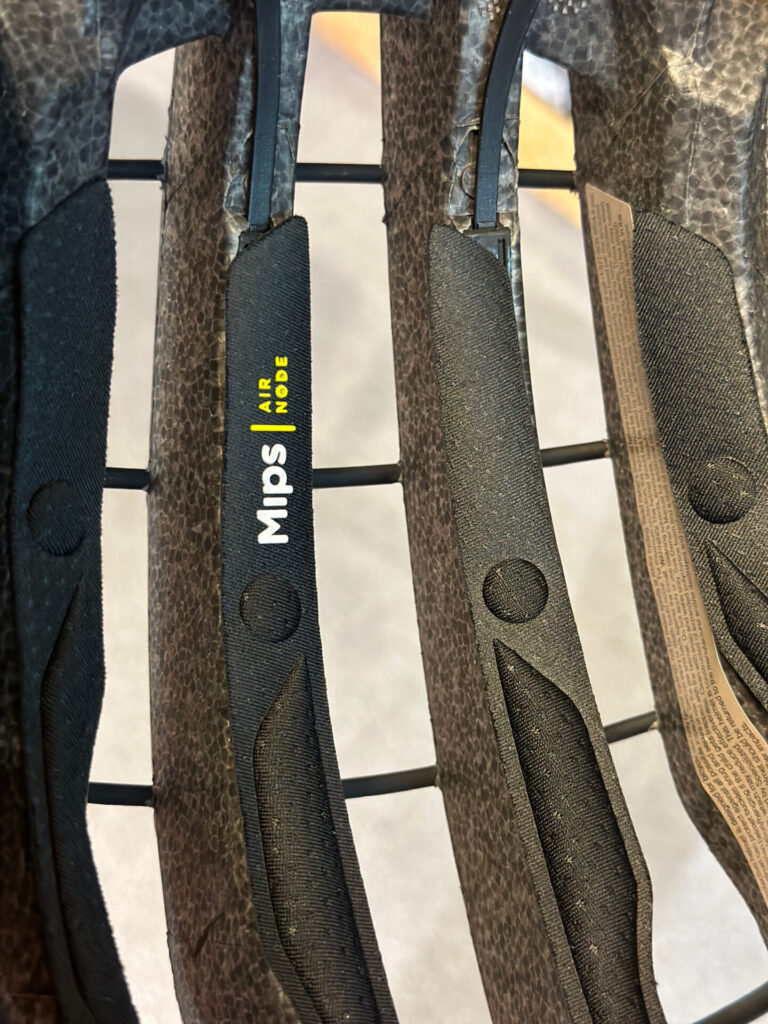

WaveCel
How It Works: WaveCel is a collapsible cell-shaped structure that sits on the inside of a helmet. On impact, the cells shrink and slide, effectively absorbing the energy from direct impact, as well as from rotation. This reduces the forces that lead to concussion.
Unique Features: WaveCel's signature feature is its collapsible cellular structure, which forms a crumple zone for the head, making it highly effective against both direct and rotational impacts.
Agreements: Like MIPS and other technologies, WaveCel aims to reduce the energy transmitted to the brain during a crash, but does so through material deformation rather than a sliding layer.

Koroyd
How It Works: Koroyd has a unique honeycomb-like structure of a kind of tubes. This structure, in turn, absorbs the energy released upon impact or fall. It does this (according to those in the know) more efficiently than traditional foam linings by denting more evenly upon impact.
Unique Features: Koroyd's structure provides 'controlled deceleration' in a crash, significantly reducing trauma. Moreover, it also provides additional ventilation without sacrificing protection.
Common: Koroyd, like the others, focuses on reducing the force of impacts on the head, although it emphasises breathability and cooling in addition to impact absorption.
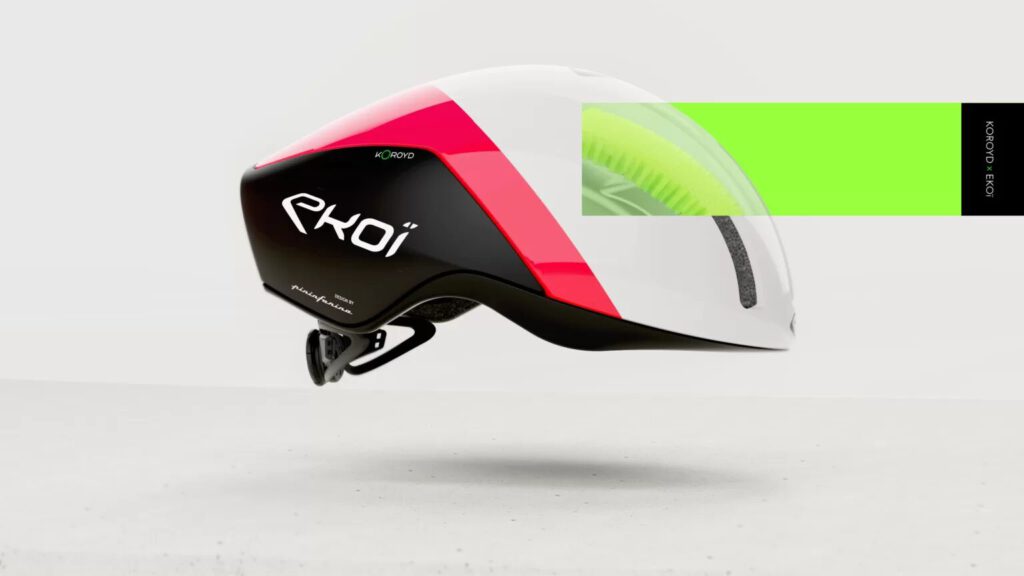

SPIN (Shearing Pads Inside)
How It Works: SPIN, developed by POC, is a system of silicone pads inside the helmet that can slide in any direction. The helmet can then therefore move lso of the head during a fall or impact.This reduces the force transmitted to the brain.
Unique Features: SPIN's simple design, integrated into the padding itself, makes it less visible but highly effective in reducing the effects of rotational forces.
Common: SPIN shares the goal of reducing rotational forces on the brain during impact, similar to MIPS and WaveCel, but achieves this by integrating pad technology directly into the design of the helmet.
You can find it in this POC helmet for example.

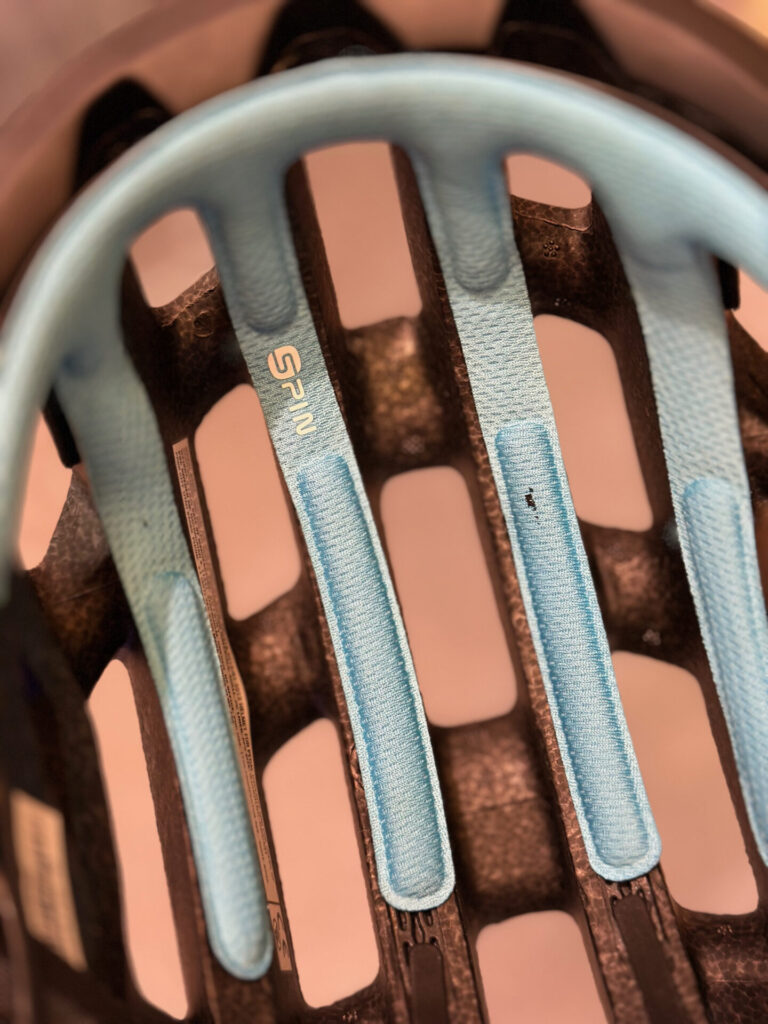
Kineticore
How It Works: Kineticore is a relatively new technology that uses built-in ribs and channels inside the helmet structure to absorb and disperse impact forces. It is designed to reduce both linear and rotational impact energy without the need for additional materials or structures.
Unique Features: Kineticore's key innovation is the way it is integrated into the helmet itself, reducing extra weight or volume while increasing safety.
Common: Like other protection technologies, Kineticore focuses on reducing the impact forces transmitted to the rider's head during a fall, with a unique approach to helmet structure design.
Leatt Turbine
How It Works: Leatt Turbine technology consists of discs, which can rotate 360 degrees. They are made of an energy-absorbing material and sit inside the helmet. These blue discs can move on impact, reducing rotational forces and energy transmitted to the brain.
Unique Features: The turbines are designed to move in all directions, providing comprehensive protection against both direct and rotational impacts.
Common: Like other protection technologies, Leatt Turbine focuses on reducing damaging forces on the brain, but stands out for its use of moving discs for dynamic impact response.

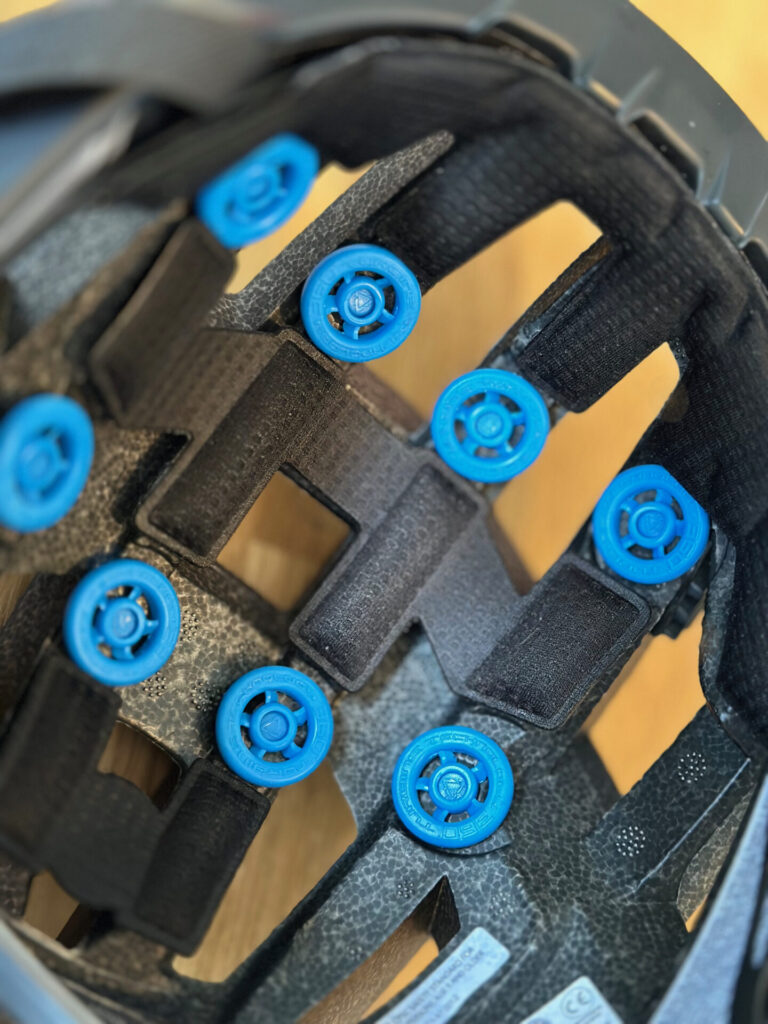
Conclusion
These technologies are different, but they all have one goal: to protect cyclists. They aim not only to absorb direct hits, but also to reduce the rotational forces that contribute a lot to brain injuries. Whether it's special layers, foldable sections, materials that can break, or customisable pads, the goal remains the same. If you have to choose, no one technology seems to be necessarily better than another. They have more or less the same effect: they allow the inside of the helmet to move separately from the outside in an impact. So then, looks and price will be the main driver. And there are already helmets with, for example MIPS available for less than €50.
This article contains affiliate links. If you order something through these links, we receive a small compensation. Thanks for that!
